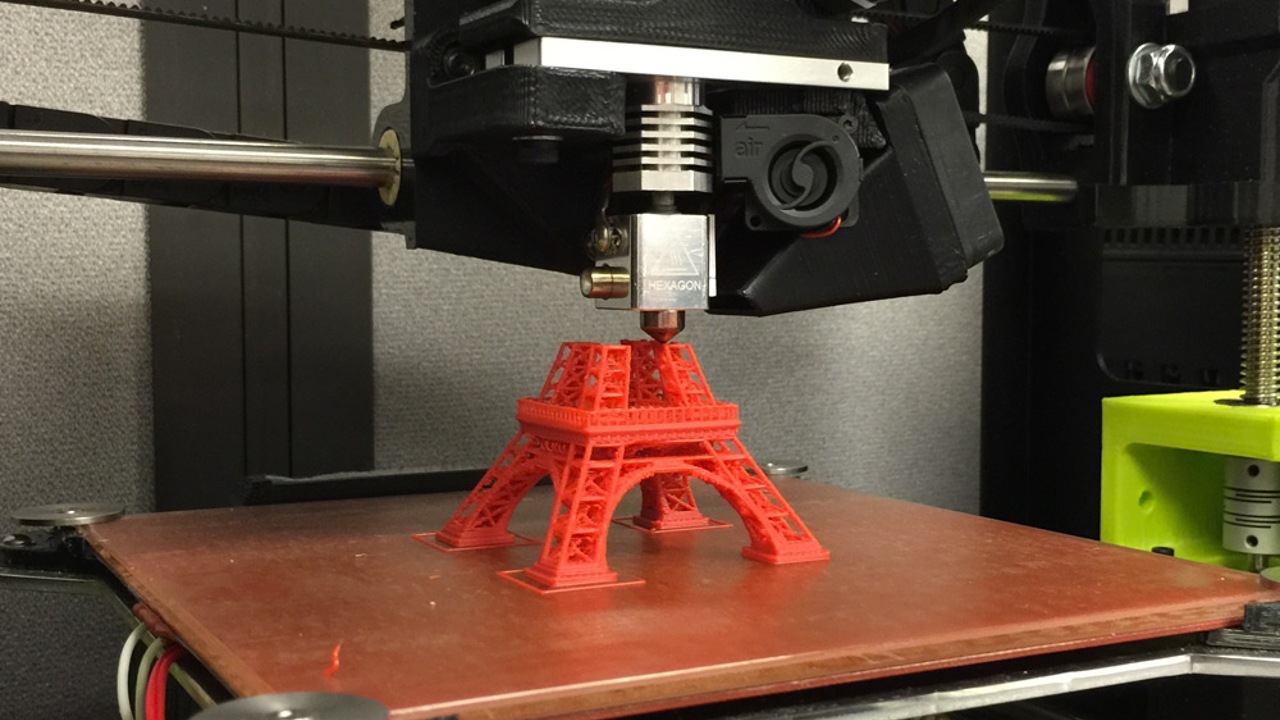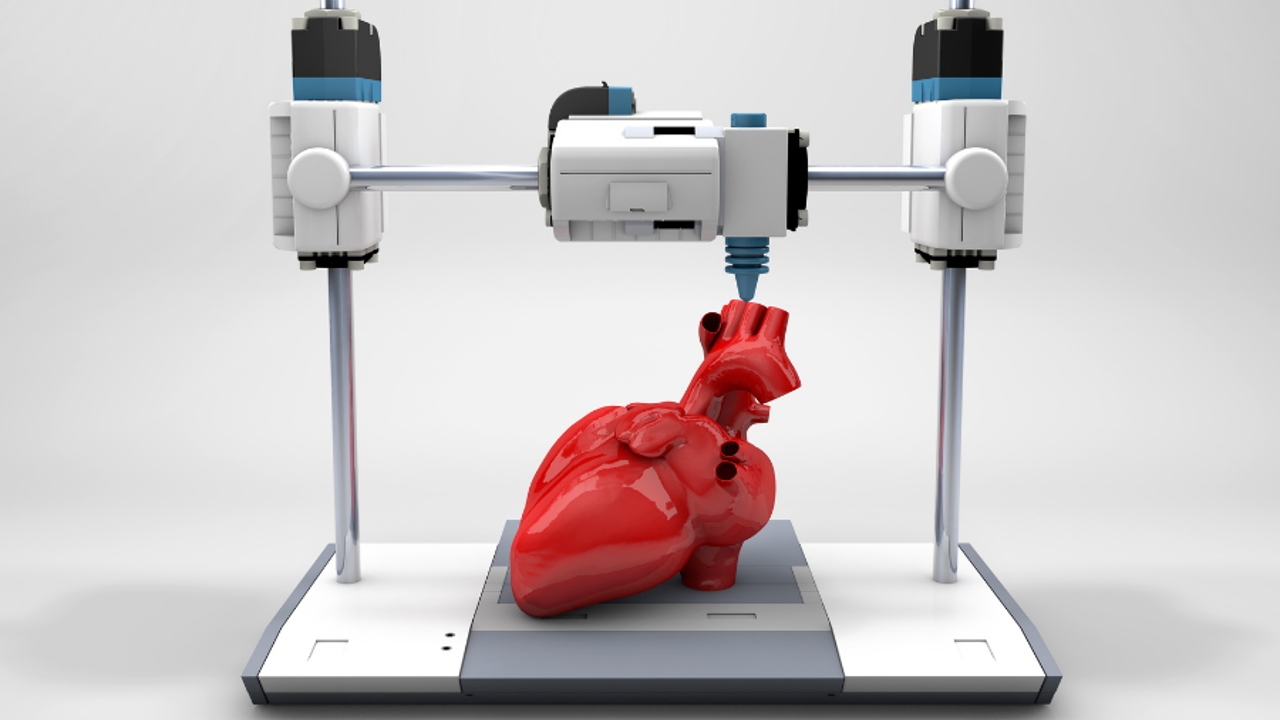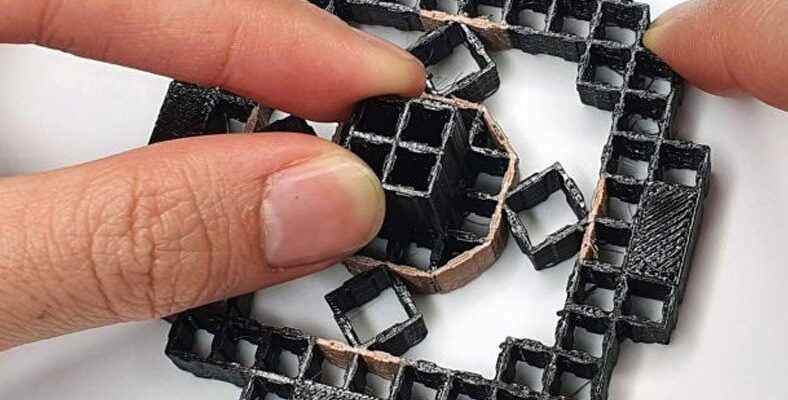The 3D software industry, which is one of the most important technologies of today and the future, is developing rapidly. Researchers have recently succeeded in developing 3D objects that can detect user interactions.
Seen as the future of object and material creationn 3D printer In order to develop the sector, unique innovations and breakthroughs are made every day.
In a very short time MYTHA team of researchers and scientists working at .
The software is able to detect user interaction:
Objects can be printed in 3D and detect how they will be used. For example; Designers who design joystick-like devices can take advantage of 3D printers. For this to happen, in the construction of these objects meta-materials used.
Formerly a PhD student at MIT, he is now appleworking as a research scientist in Jun GongBachelor of Electrical Engineering and Computer Science from MIT Olivia Seow, working as a research assistant at the MIT Media Lab Cedric Hornettogether with Jack Forman and Stefanie MuellerThe article written with the help of; next month “The Association for Computin Machinery Symposium on User Interface Software and Technology”will also be published.

Metamaterials consist of grids of electrons, so when pressure is applied to the object, the electron facilitates the sliding motion. Thus, “conductive cells” consisting of conductive filament and non-conductive filament are formed, and conductive walls act as electrodes.
Test; It was made as input to a Pac-Man game where a joystick is moved in different directions as a test.
Moreover, they have created a music controller that adapts to its user’s hand. When the user presses one of the buttons, the conductor cells in the structure are compressed and the sensed input is sent to a digital synthesizer. This feature allows designers to design faster and more flexible interactive devices.
What is meta-sense?

Created by the team meta-sense (meta-his) is a 3D software that allows users to manually integrate perception into a design made of metamaterial, or the software automatically places conductor cells in optimal positions. gong it “The device will simulate how the object will deform when different forces are applied, and then use this simulated deformation to calculate which cells have the maximum distance change. Cells that change the most are the best candidates to become conductor cells, ‘ he explains.
More functions will be added to the software to create more complex devices in the future. research for now National Science Foundation (National Science Foundation) sponsored.
Source :
https://wonderfulengineering.com/these-engineers-have-created-3d-printed-objects-that-can-sense-user-interactions/
